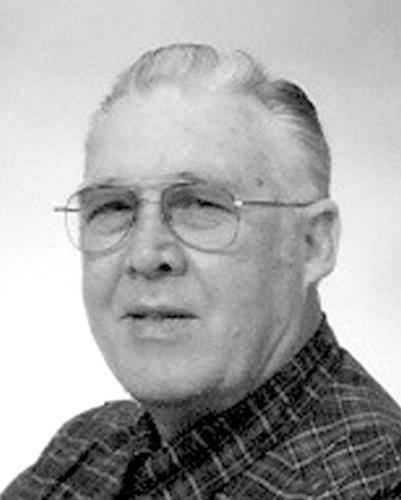Allegiance United Kingdom Died February 27, 1919 Name Howard Harker | Rank Major Years of service 1916–1919 | |
 | ||
Buried at Southern Cemetery, Manchester, Lancashire (53°25′45″N 2°15′32″W / 53.42917°N 2.25889°W / 53.42917; -2.25889Coordinates: 53°25′45″N 2°15′32″W / 53.42917°N 2.25889°W / 53.42917; -2.25889) Service/branch British Army, Royal Air Force | ||
Major Howard Redmayne Harker (12 May 1891 – 27 February 1919) was a British World War I flying ace credited with five aerial victories.
Biography
Howard Harker was born in Prestwich, Lancashire, the son of the architect John Dent Harker (1860–1933). He attended the Lawrence House School in St. Annes-on-Sea, and the Rossall School in Fleetwood, before graduating from Manchester University. From 1913 he was employed at the Royal Aircraft Factory at Farnborough, Hampshire. In February 1915 he made a memorable arrival at Hendon Aerodrome in a new B.E.2c biplane flown by Frank Goodden, who treated the assembled crowd to an impromptu display of aerial acrobatics before landing.
Harker was commissioned in the Royal Flying Corps as a temporary second lieutenant (on probation) on 15 April 1916. He was posted to No. 5 Reserve Squadron from 2 May until the day after receiving the Royal Aero Club Aviator's Certificate No. 2945, following his flight in a Maurice Farman biplane at the Military Flying School at Birmingham on 18 May. He was appointed a flying officer on 22 June, and confirmed in his rank on 11 July.
Harker was posted No. 57 Squadron, primarily a bomber and reconnaissance unit, in France. He gained his first victory, while flying a F.E.2d on 24 March 1917, by driving down 'out of control' an Albatros D.II east of Lens. He was appointed a flight commander with the rank of acting-captain on 6 April. In May his squadron was re-equipped with the DH.4, in which on 18 June he destroyed an Albatros D.III south of Houthulst. He was promoted to the rank of lieutenant on 1 July 1917. His remaining three victories were against Albatros D.Vs; on 17 July over Roulers, on 28 July over Ingelmunster, and on 21 August over Ledeghem–Menin.
On 26 September 1917 he was awarded the Military Cross, which was gazetted on 8 January 1918. His citation read:
Second Lieutenant (Temporary Captain) Howard Redmayne Harker, Royal Flying Corps (Special Reserve)Harker was appointed an acting-major on 1 October 1918. His final posting was to the No. 2 School of Navigation and Bomb Dropping at RAF Andover, Wiltshire. He died from pneumonia on 27 February 1919 at the Officers' Military Hospital at Tidworth, and is buried in the Southern Cemetery, Manchester.
